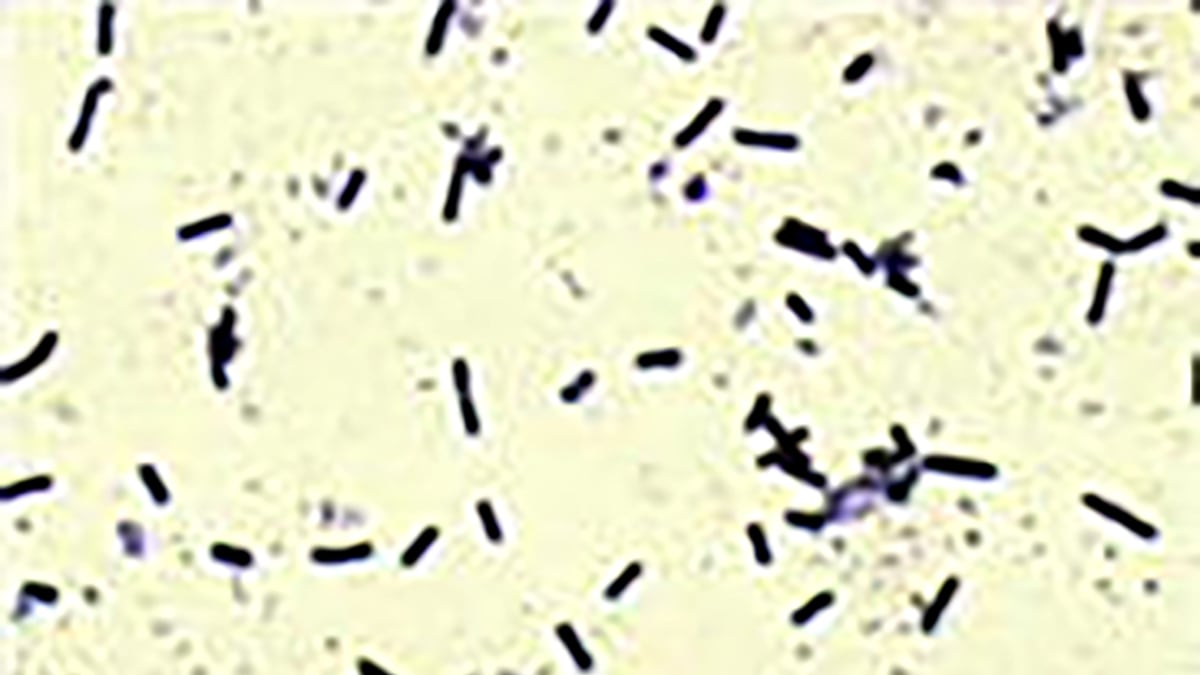Key points
- Clostridium sordellii (also called C. sordellii) is a bacterium that, in rare cases, can cause serious health issues.
- We do not know how C. sordellii spreads.
- Women are at highest risk of infection from C. sordellii following the end of pregnancy.

Overview
Clostridium sordellii (also called C. sordellii) is a bacterium that, in rare cases, can cause pneumonia, endocarditis, arthritis, peritonitis, myonecrosis, and in some rare cases, bacteremia and sepsis. C. sordellii can be found in the environment (e.g., soil).
In some cases, people can carry the bacteria without being infected, known as colonization. The source of C. sordellii is likely the vagina, which is known to be colonized with Clostridium species in some females.
Signs and symptoms
- Nausea
- Vomiting
- Diarrhea
- Sometimes abdominal pain without fever
In a small number of cases, people infected with C. sordellii experienced severe toxic shock syndrome, though this was most often associated with gynecologic infections in women and umbilical stump infections in newborns.123
At-risk populations
Women are at highest risk of infection from C. sordellii following the end of pregnancy, including live births or spontaneous abortion (i.e., miscarriage). Though fatal infections have occurred after medical abortion, the Food and Drug Administration (FDA) has not detected C. sordellii in either of the medications used in the procedure.4
If women experience symptoms of C. sordellii infections following the end of a pregnancy, it's important they see a healthcare provider for further tests.
What CDC is doing
CDC experts worked together with state and local health agencies and the FDA to investigate deaths associated with C. sordellii.4
CDC also works with the FDA to:
- Raise awareness of research findings in medical and public health communities.
- Identify cases.
- Evaluate data.
- Monitor and decrease risks of medical abortions.
- Fischer M, Bhatnagar J, Guarner J, et al. Fatal toxic shock syndrome associated with clostridium sordellii after medical abortion. N Engl J Med 2005;353:2352–60
- Ho CS, Bhatnagar J, Cohen AL, et al. Undiagnosed cases of fatal clostridium-associated toxic shock in Californian women of childbearing age. Am J Obstet Gynecol 2009;201:459.e1–7
- Cohen AL, Bhatnagar J, Reagan S, et al. Toxic shock associated with clostridium sordellii and clostridium perfringens after medical and spontaneous abortion. Obstet Gynecol 2007;110:1027–33
- http://www.cdc.gov/mmwr/preview/mmwrhtml/mm5429a3.htm
